Learn how do chimney sweeps clean chimneys. Keep your fireplace safe and efficient—read more!
A cozy fireplace is one of the best parts of a home, but it requires regular maintenance. Over time, soot, creosote, and other debris can build up inside the chimney, increasing the risk of chimney fires and poor indoor air quality. Having your chimney cleaned regularly is key to avoiding dangerous situations like chimney fires.
That’s where a professional chimney sweep comes in. Even a small amount of soot can provide enough fuel for a chimney fire, so regular chimney cleaning is crucial to avoid this hazard. But what happens during a chimney cleaning? Let’s break it down step by step.
Step 1: Pre-Inspection and Setup
Before the sweeping process, a chimney sweep thoroughly inspects the chimney. This involves checking the flue liner, chimney lining and overall chimney structure for any damage, blockages or heavy creosote buildup. It’s important to check the chimney flue liner for soot buildup and potential issues, as this can indicate the need for professional maintenance. A reputable professional chimney sweep will follow the standards set by the Chimney Safety Institute of America (CSIA) and the National Fire Protection Association (NFPA) to ensure proper maintenance and home safety.
To prevent soot and debris from the fireplace from spreading into the home, a chimney sweep will wear protective gear, gloves and mask, and lay down a drop cloth around the fireplace chimney. The sweep will also check the smoke chamber, chimney cap, and chimney condition before starting the cleaning process.
Step 2: Remove Loose Debris and Blockages
A chimney sweep uses specialized brushes, rods and a shop vac to remove loose soot, creosote buildup and other debris from the chimney walls. The chimney sweeping process includes inspection, preparation and the actual sweeping. Each stage of sweeping process is crucial for effective maintenance and the prevention of hazards like chimney fires and carbon monoxide buildup. If blockages—like leaves, nests or even animals—are present, the sweep will remove them to restore proper ventilation. Chimney maintenance is key to making sure the fireplace and wood stoves vent properly and that dangerous conditions like carbon monoxide buildup are avoided.
Step 3: Scrub the Chimney Interior
Using long-handled brushes and rotary cleaning tools, the chimney sweep scrubs the interior of the chimney. This removes hardened creosote deposits, a highly flammable substance that builds up from burning wood in a wood-burning fireplace. Proper ventilation and a clean chimney system prevent fires and ensure home safety. It’s important to have your chimney swept regularly to ensure proper ventilation and safety. Modern tools and proper training allow professional chimney sweeps to do a thorough job and reduce fire hazards.
Step 4: Clean the Chimney Cap and Crown
The chimney sweep then inspects and cleans the chimney cap and concrete crown. The chimney cap keeps out rain, debris and animals, while the crown prevents water penetration. Chimney sweeps may start from the roof’s chimney access to ensure a thorough cleaning. If either component is damaged, it could lead to costly repairs down the road. The chimney sweepers will also check the flue liner for any cracks or signs of wear that could compromise the chimney’s structure.
Step 5: Inspect and Clean Firebox and Smoke Shelf
The firebox and smoke shelf are crucial in directing smoke upwards and keeping it out of the home. The sweep clears out ash and soot buildup to ensure the area is clean and clear of obstructions. If creosote buildup is excessive, advanced chimney-cleaning techniques may be required to restore function. A clean firebox vent smoke also improves heating system efficiency and reduces exposure to airborne pollutants.
Step 6: Final Inspection and Chimney Report
Once the whole cleaning process is complete, the chimney sweep does a final inspection of the chimney. Any issues like cracks, missing mortar or deteriorated chimney lining will be documented in a chimney report. If repairs are needed, the sweep will recommend solutions to keep the fireplace chimney safe and functional. Proper maintenance of the chimney system prevents further damage and extends the life of the fireplace chimney.
Why Chimney Cleaning Matters
Regular chimney sweeping is important for preventing fire hazards and for efficiently heating appliances. The Chimney Safety Institute and the National Fire Protection Association recommend scheduling a professional chimney cleaning at least once a year, especially before the cold season. Hiring professional chimney sweeps who are certified and trained ensures safe and effective chimney care. A clean chimney means proper ventilation, minimal creosote buildup and better indoor air quality. Not doing chimney maintenance can lead to hazardous conditions like soot buildup and poor airflow, which can lead to chimney fires. A proper job by a professional chimney sweep will ensure the chimney structure is intact and your home is protected.
Schedule Your Chimney Today
A clean chimney means a safe home and a working fireplace. If it’s been a while since your last chimney sweep or cleaning, don’t wait until problems arise. Contact GMT Home Services for professional chimney sweeping and maintenance to keep your home warm and safe all winter! Our professional sweeps use the right tools to do a thorough inspection, prevent fires and keep your chimney system in top shape.


